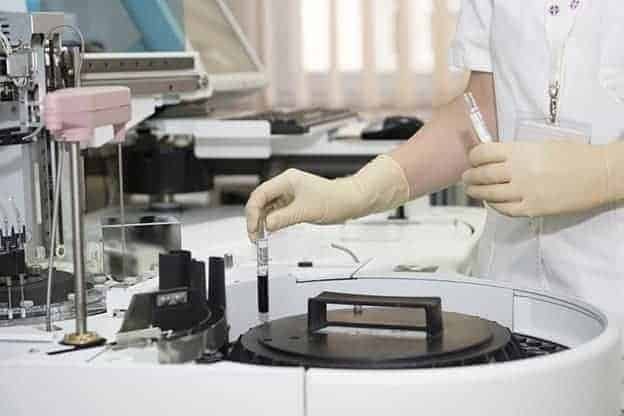Throughout the years, animal research has evolved and advanced tremendously. Many of today’s top researchers use Studylog animal research software to track their professional findings because it helps keep the data more organized, it can be instantly analyzed, and it’s a great way to save time, money, and effort.
Like most people, you might be wondering about the future of animal testing because you’d like to find out the fate of the animals. While it is definitely true that animals are being phased out of many types of research, they are still going to be used in biological, medical, and pharmaceutical research to a degree because it’s hard to perform tests without them in many cases.
But we also want you to know that things are definitely changing. The use of animals in scientific research has good and bad aspects. Just know that when it’s possible to perform a study without animals, they will not be used because they are only being used when it’s essential now.
Find out the truth about animal testing and its future; please keep reading to discover this pertinent information.
Are All Animals Used in Scientific Research?
In 95% of the research studies taking place around the world, fish, birds, rats, and mice are the predominant animals subjected to studies taking place in many countries across the globe. Some people find comfort in knowing that dogs, cats, and primates are rarely the subjects of scientific research.
In fact, in all of the research taking place in the world, the research being done on primates, cats, and dogs is less than 1% of the total. Most people would prefer if this percentage went down to zero, but that isn’t the case now, although it’s certainly possible in the future.
Humans Can Be Used in Scientific Research When They Consent to Controlled Testing
If you’re tired of animals constantly being the subjects of scientific testing, just know that, in many cases, humans are now giving their consent to become test subjects in medical research. As long as the human being is legally allowed to decide for themselves, they can consent to become a subject in a medical testing environment.
Just like people have the right to give their consent to be tested, they also have the right to revoke their consent if they aren’t happy with the study for any reason at all. Sometimes humans are used to eat plants, so their cholesterol levels can be measured. Other times they could be the subject of more invasive testing as long as they agree to give their consent.
Since animals have no way of communicating to give their consent, it’s good that medical research is beginning to focus on other testing methods, including using humans as test subjects as long as they are willing and able to do so.
Scientists Can Now Study Human Cells In Vitro
At this time, scientists have the ability to extract human stem cells, which can then be studied in a petri dish in some type of a laboratory setting. They can be added to cultures that scientists will study and use to develop new drugs, drug screening, and therapeutic proteins.
By using human stem cells, it’s essential to know that this will cut down on the need for animal testing in many different areas of study. This is important since we’d like to eliminate the need for animals as much as possible in labs. This is definitely one way to free animals from this unfortunate burden.
Final Thoughts
Clearly, the future of animal testing is bright. Members of the scientific community are taking steps to eliminate the need for animals during their testing procedures. As you can see based on the information above, these measures are working, and fewer animals are needed to be studied during the scientific process, which is undoubtedly a good thing for these creatures, the scientists themselves, and all humanity.



